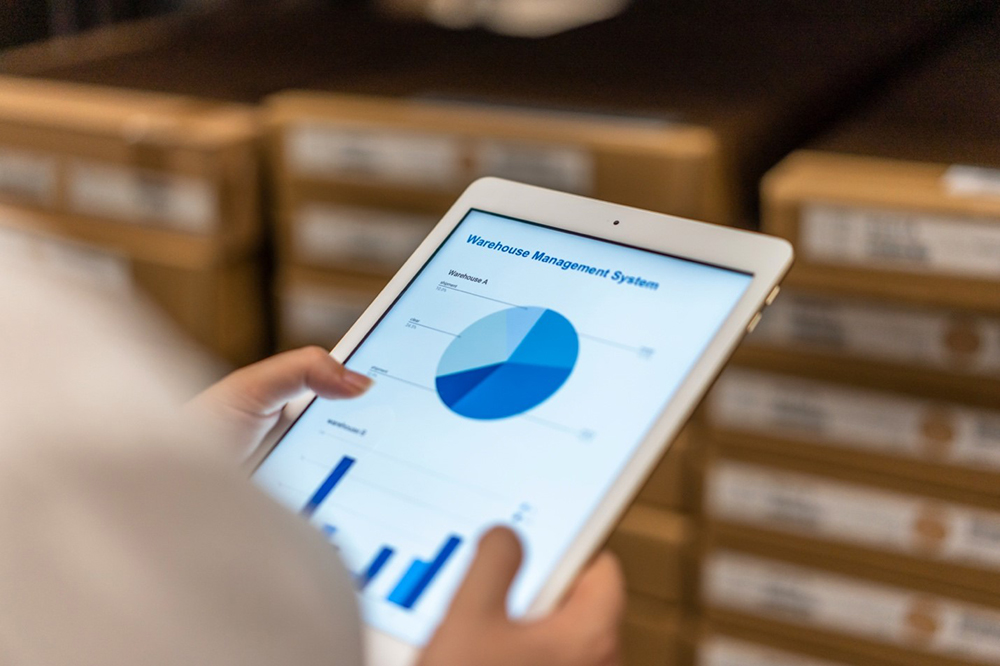At any given moment anywhere around the world, e-commerce transactions are taking place. A generation ago, e-commerce was a buzzword that defined an “online transaction,” as opposed to a traditional transaction conducted face-to-face at a brick-and-mortar store.
Today, even transactions conducted in-person and paid in cash have some element of technology built into them. Behind the scenes, technology is powering everything from inventory management systems to mobile phones being used as payment devices to the security systems built into the online checkout process.
And at the heart of every one of those technologies is a semiconductor that enables the many components to work together behind the scenes so that retailers can customize their online experiences for individual customers, customers can safely store credit card information online or suppliers automatically know when to restock shelves.
Today’s global commerce ecosystem relies on a vast number of devices, interactions, experiences and databases to keep business flowing. Consider the impact that technology has on some critical parts of the commerce experience, such as the following:

Inventory management systems: Not just for vendors who are stocking shelves but for everyone else along the supply chain, as well – from manufacturers to transporters to distributors. All this data stored and often updated in real-time continually contributes to the era of big data that is upon us.
According to data company Adeptia1, Amazon, as the world’s largest e-commerce site, hosts an estimated 1 billion gigabytes of data across more than 1.4 million servers. Semiconductors play a vital role in managing big data for these companies by processing data, helping to extract relevant information quickly, providing real-time insights, and ultimately determining demand for the future.
Personalization: Online retailers know that consumers want a personalized experience when it comes time to shop. Artificial Intelligence and Machine Learning technologies not only track buying history but also shopping behaviors, product preferences and promotion engagement – but they need the technology to process that data in real time.
Semiconductors can have a great impact on AI’s expanded capabilities on two fronts, according to research by McKinsey & Company2. The first is to work with partners to develop AI hardware that’s specific to industry use cases, such as retail. The second is to focus on developing AI hardware that enables broad, cross-industry adoption. Consider how some industries – from self-driving cars to advanced healthcare – both have a need for AI solutions but under different circumstances and scenarios.

Chatbots: Think of them as the online version of salespeople who might approach you in a store and ask if you’re finding everything you need. The pop-up chatbot, originally considered an annoyance of sorts, has evolved to better understand language and tone and engage with customers.
But as the technology stack continues to evolve and power advanced machine learning and artificial intelligence capabilities, those same customer interaction experiences are shifting from less “chatbot” to more “conversational AI.” Now, instead of just understanding the question and providing a best-guess automated reply, which was sufficient for some engagements, the bot can also recognize tone of voice, volume and other cues that might suggest the need for human intervention.
It’s in those critical moments before potential customers become lost customers that the ability of back-end technology to process that data to enable real-time decisions can become table stakes for some types of businesses.

Devices: Today, we have several ways to conduct digital transactions. We can shop from a browser on a PC, through an app on a mobile phone or tablet or from a connected kiosk. We can pay with any number of credit cards, through an online payment system such as Venmo or PayPal or a digital wallet built into a smartphone. And let’s not forget that there are different browsers and different versions of mobile devices that all require compatibility.
This type of connected network is referred to as the Internet of Things and semiconductors are used across these key devices and allow for this IoT technology no matter the device, from PC to mobile. Companies are innately aware of their benefit and according to Deloitte3, IoT semiconductor spending surpassed $33 billion by the end of 2020 and a projected $80 billion by 2025.
While some consumers and retailers had been slower to embrace e-commerce, the global COVID-19 pandemic changed the dynamic substantially. Online consumer spending in the U.S. was up 44 percent year-over-year in 2020, according to research firm Digital Commerce 360.
While it’s unclear whether online sales will dip as the pandemic concerns subside, it doesn’t change much as it relates to the impact of technology on the larger commerce ecosystem. Whether in-person or online, the technology that powers e-commerce behind the scenes plays an important role in every transaction, no matter whether it involves a virtual credit card number in a mobile app or handing over cash in exchange for a product.
1“The Surprisingly Things You Don’t Know About Big Data,” Adeptia, March 2015
2“Artificial-Intelligence hardware: New opportunities for semiconductor companies,” McKinsey & Company, January 2019
3“IoT opportunity in the world of semiconductor companies,” Deloitte, July 2018




